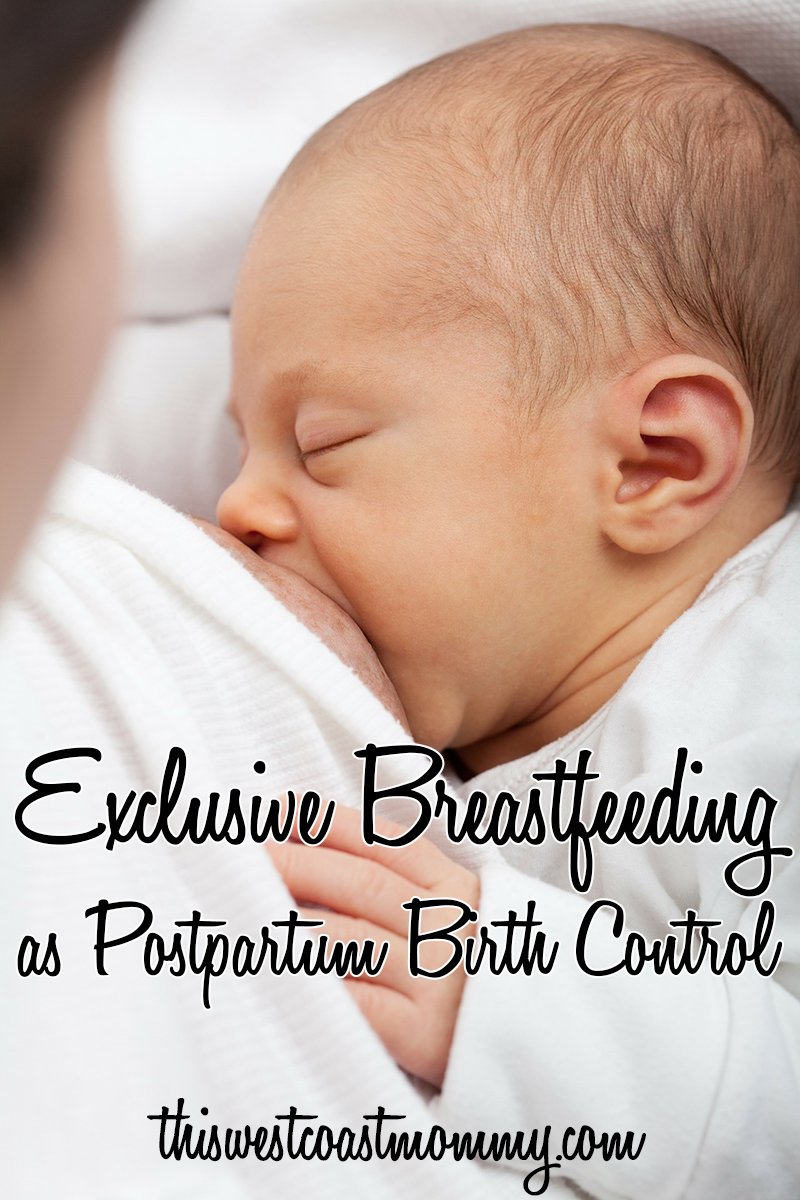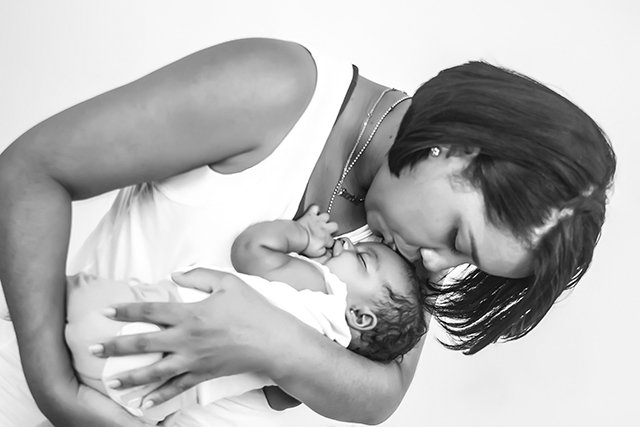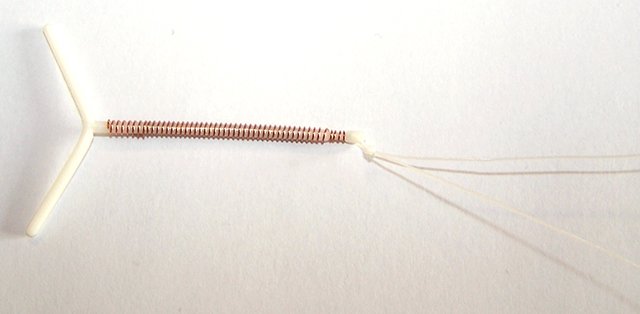We talk a lot about pregnancy and birth and babies around here, but I don’t think we’ve ever talked about birth control. When hubby and I decided to start a family, it felt really strange to me to put away the birth control. After all, I’d spent a long time trying NOT to get pregnant, and all of a sudden I’d switched teams!
I’m sure most of us had a general understanding of birth control before starting a family, but what about birth control after having a baby? My midwife asked me about this in my third trimester, because ideally you should have a plan before the baby is born. Once that baby comes along, you may not have the spare brain cells to devote much time to thinking about birth control!

Most women want to space births for practical reasons. It makes sense to spread out your babies so you’re not overwhelmed with multiple children all in the same developmental stage. I had two babies in diapers for about six months, and believe me that was long enough!
There are also health implications for spacing births. Growing a baby is hard work, and having babies too close together may not allow your body enough time to replenish all the resources used (e.g., calcium, iron, folate) in your last pregnancy. Having babies closer than two years apart is associated with a higher risk of placental abruption, preterm birth, low birth weight, and autism as well. (Note that there are also statistical risks associated with spacing births more than five years apart. Research suggests that all things being equal, most risks are statistically lower for subsequent babies in the 2-5 year range.)

On demand breastfeeding, otherwise known as the lactational amenorrhea method (LAM), was my preferred form of birth control after both my babies. Lactational refers to making milk, and amenorrhea means not menstruating. This natural family planning method was ideal for me because it’s hormone-free, highly effective, and FREE! In fact, LAM has an impressive 98-99% reliability rate, so long as all three of these things are true:
- You haven’t had a period since baby’s birth (post-delivery bleeding in the first 8 weeks doesn’t count).
- You are breastfeeding exclusively and on demand – at least every 4 hours during the day and every 6 hours at night. You can not be pumping, bottle-feeding, or using formula.
- Your baby is less than 6 months old.
If any of these conditions change, your chances of pregnancy start to increase. But to put it in perspective, even after 6 months, if you’re breastfeeding exclusively and on demand, your chance of getting pregnant before you get your first period back is still only 6%. By comparison, condoms have about a 2% pregnancy rate with perfect use and about 18% with real world use.
LAM works because frequent breastfeeding suppresses progesterone and ovulation. If all three conditions above are met, your chances of ovulating before your first period (within the first six months) are very, very low. Even if you do manage to ovulate before your first period, research has shown that the luteal phase of this first cycle is usually inadequate to allow a pregnancy (due to low progesterone). These two actions combined are what produce LAM’s 98% effectiveness rate.
LAM has decades of cross-cultural and prospective studies supporting the efficacy of this method. Here are just a few of the health agencies that support LAM as an effective method of birth control: World Health Organization, Society of Obstetricians and Gynaecologists of Canada, Planned Parenthood, and the Center for Disease Control and Prevention (CDC).

Moms who breastfeed exclusively on cue, day or night, without bottles, pacifiers, or mother-baby separation, get their periods back on average about 14.6 months after birth. Remember, that’s an average. Some breastfeeding mamas get their cycles back after only six weeks, and others go two years or longer! I didn’t get a period until 16 months after Tee was born, and 17 months after Kay was born.
If you’re not exclusively breastfeeding, then LAM is obviously not for you. You do have plenty of other birth control options though. Condoms or an IUD (hormonal or copper) are among the most common methods for women after childbirth. Some doctors will implant the IUD for you immediately after birth, saving you a second trip back with an infant in tow.

Photo Credit: Tête de stérilet à fil de cuivre is licensed under CC BY-SA 2.0 FR.
Hormonal birth control containing estrogen, like the pill, patch, or ring have been known to impact milk supply and even postpartum mood, so it’s best to avoid these especially if you’re breastfeeding. Some women do quite well with the progestin-only minipill instead, though it is slightly less effective than combination birth control.
There’s also the birth control shot, but if you’re planning on trying to get pregnant again soon this may not be your best option as it can take up to 10 months or longer to return to full fertility after you stop using Depo-Provera. There are also the lesser-used barrier options of female condom, diaphragm, cervical cap, or cervical sponge (am I the only one who can’t think of this without thinking of Elaine in that episode of Seinfeld?). Finally, some women use natural family planning (charting) successfully, but this method requires daily checks of your basal temperature and/or cervical fluid to be moderately effective, so many women find it too labour-intensive.
Of course when you know for sure you’re done, there’s also the “permanent” method of tubal ligation for you or vasectomy for your partner, but be very, very sure! Reversals can be expensive and success is not guaranteed. Depending on what type of tubal ligation you had, pregnancy rates after a reversal range from 40-85%.
Additional Reading about the Lactational Amenorrhea Method:
- Labbok, M.H., Hight-Laukaran, V., Peterson, A.E., Fletcher, V., von Hertzen, H., et al. (1997) Multicenter study of the Lactational Amenorrhea Method (LAM): I. Efficacy, duration, and implications for clinical application. Contraception, 55(6), 327-336.
- World Health Organization Task Force on Methods for the Natural Regulation of Fertility (1999). The World Health Organization multinational study of breast-feeding and lactational amenorrhea. III. Pregnancy during breast-feeding. Fertility and Sterility, 72(3), 431-440.
- Kennedy, K.I., Labbok, M.H., Van Look, P.F.A. (1996). Lactational amenorrhea method for family planning. International Journal of Gynecology & Obstetrics, 54(1), 55-57.
- Family Health International – United Nations Population Information Network (1996). Research confirms LAM’s effectiveness. (Retrieved 28/02/2017)
- Society of Obstetricians and Gynaecologists of Canada (2015). SOGC Clinical Practice Guideline: Canadian Contraception Consensus (Part 2 of 4). See page S7 for LAM practice guidelines and statistics. (Retrieved 28/02/2017)
- FHI360.org. Contraceptive Technology and Reproductive Health Series: Lactational Amenorrhea Method (LAM). (Retrieved 28/02/2017).
- Kellymom.com. Breastfeeding and Fertility. (Retrieved 28/02/2017.)








I didn’t realize that pumping could affect it! My first son was exclusively breast milk fed but I would usually pump and give a bottle once a day and was shocked when my period came back! We wanted the first 2 close together so birth control wasn’t an issue but this time I definitely want more than 2 years between kids but we are just using condoms as I still don’t want to mess with my hormones.
Well I’m one of the 1% to 2%! I had my 2nd baby it was all as mentioned above and using condoms (better to be safe than sorry!), the condom didn’t survive and I was pregnant again. Talk about fertile 🙂
Wow! That is fertile! Nothing is 100%, but you really beat some odds there. :-O